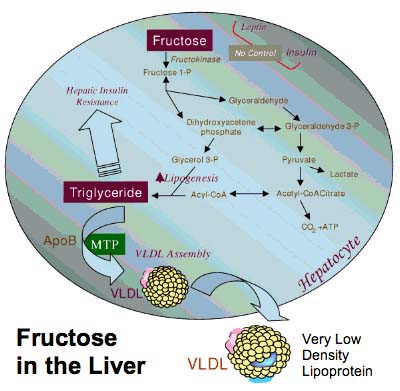Fruit – How Much Is Too Much?
50 grams of fructose may be too much.
That’s what researchers from the University of Florida recommend in The American Journal of Clinical Nutrition article “How safe is fructose for persons with or without diabetes?” After analyzing the results of several studies involving the consumption of fructose and its metabolic effects, these researchers concluded “…obesity and diabetes rates were low when totalfructose intake was in the range of 25–40 g/d.”
Fruit juice is even more efficient at making us fat as reported recently in the Science Daily in Fructose-Sweetened Drinks Increase Nonfasting Triglycerides In Obese Adults. Similar findings were also reported in The Journal of Clinical Investigation in “Consuming Fructose-sweetened, not glucose-sweetened, beverages increases visceral adiposity and lipids and decreases insulin sensitivity in overweight/obese humans”.
All of these studies confirm what we’ve already known instinctively – don’t “over-do” fruit. Bottom line (no pun-intended): if you’re trying to lose weight or stubborn fat around your middle, it’s a good idea to keep your fructose consumption low. There are some who would even recommend your total fructose intake be as low as 25 to 15 grams a day!
How can you determine the fructose content of your favorite fruits?
The Paleo Diet website has a great Fruits and Sugar Chart for quick reference. You can also use the USDA National Nutrient Database for Standard Reference for a complete listing of food nutrient composition and information.
One last thing – don’t forget to read labels when shopping or eating out. Common processed foods (salad dressings, barbecue sauces, ketchup, sodas, etc) are loaded with High Fructose Corn Syrup (HFCS). HFCS is easily metabolized into fat, just like fructose. The big difference between the two and the reason you should avoid HFCS: only fruit is nutrient-dense continuing fiber, vitamins and minerals. Not only is it easily converted into fat, HFCS has no nutritional value.
 EvolvingHealthConcepts
EvolvingHealthConcepts
